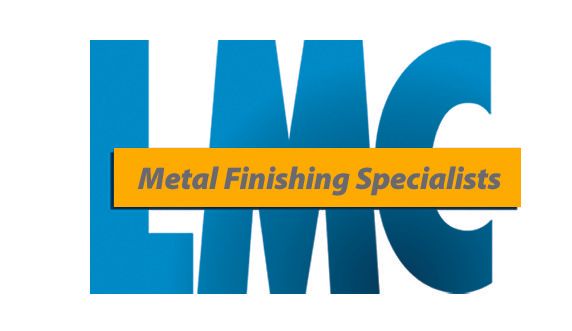Manganese Phosphate Coatings
Steel parts are used throughout a wide array of industries, from the medical field to the automotive, commercial, and industrial sectors. However, to maintain its strength and performance, steel must be treated with a conversion coating, which subjects the metal’s surface to a chemical or electrochemical process.
At Light Metals Coloring in Southington CT (LMC), we offer a state-of-the-art manganese phosphate coating in which a dilute solution of phosphate salts and phosphoric acid is applied to the surface of the steel part to create a layer of insoluble, crystalline phosphates. This coating can be used to provide corrosion resistance, lubrication, or as a foundation for paint or subsequent coatings.
Types of Phosphate Coatings
Manganese phosphates are used for both corrosion resistance and lubricity. They are only applied via immersion.
- Manganese phosphates, which are used for both corrosion resistance and lubricity. They are only applied via immersion.
- Iron phosphates, which are typically used to form a base for additional coatings or paint. They can be applied by immersion or spraying.
- Zinc phosphates, which are used for rustproofing, adding lubricity (using a phosphate and oil coating), or as a base for subsequent coatings or paint. Like iron phosphates, they can also be applied via spraying or immersion.
Selecting a Phosphate Coating
To ensure adequate performance, you must consider the crystal structure and weight of the phosphate coating you select. For example, a coarse-grain structure saturated with oil may be most effective for wear-resistance. Meanwhile, a microcrystalline structure is typically best for corrosion resistance or use as a base for paint. With this in mind, it’s important to work with an experienced
metal finishing team that can help you select the appropriate phosphate solution.
Phosphate and Oil Coatings
Because phosphate coatings are porous, they must be treated with oils or another sealant to provide effective corrosion resistance. This treatment is called a phosphate and oil (P&O) coating and can also be used to prevent galling and provide lubricity.
Bases for Paint and Coatings
Many phosphate coatings are used to prepare surfaces for additional coatings or paint application. Phosphate is extremely effective for this purpose, as it provides excellent adhesion and electric isolation. This is due to the porosity of the phosphate coating, which allows additional materials to seep into it and become mechanically interlocked as it dries. Additionally, phosphate is dielectric and will electrically isolate anodic and cathodic portions of the part’s surface. This minimizes the underfilm corrosion that can occur where the coating or paint meets the substrate.
For more information about phosphate coatings or LMC’s phosphating services, contact us today!
Phosphating Specifications:
- Mil-DTL-16232
Contact Us
We will get back to you as soon as possible.
Please try again later.
